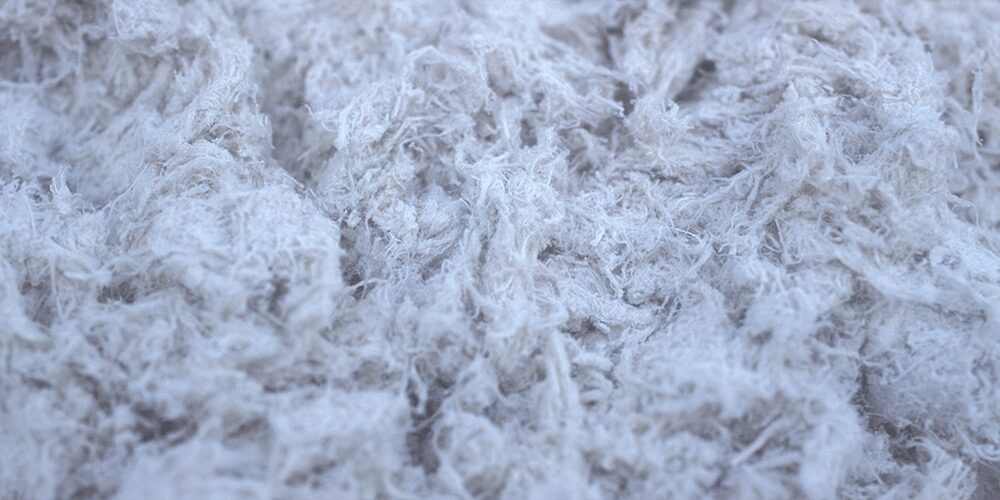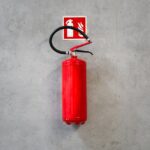What Does AIB Stand For In Asbestos?
AIB (Asbestos Insulating Board)
AIB in asbestos stands for asbestos insulating board. This low-density asbestos boarding was used throughout the construction industry for insulating against fire, heat and sound.
Where Is Asbestos Insulating Board (AIB) Found?
Asbestos is present in these boards and can be found in a range of places in buildings, such as:
- Walls and ceiling
- Ceiling tiles
- Partition walls
- Fire doors
- Panels
- Ducts
Asbestos insulating board is generally between 20% to 40% asbestos fibre mixed with a calcium silicate material or plaster. These are different to asbestos cement boards, which are more compressed and have a lower asbestos content.
Asbestos is generally divided into two sub-groups; serpentine and amphiboles. Serpentine asbestos (chrysotile or white asbestos) was the most commonly used type of asbestos.
When Was Asbestos Insulating Board Used?
The period of use was from the 1950s through to the 1980s. Buildings built during this timeframe may contain asbestos materials, such as AIB.
It was particularly favoured for its effectiveness in heat and sound insulation. The use of asbestos in construction materials, including insulating board, decreased significantly after the health risks associated with asbestos exposure—such as lung cancer, mesothelioma, and asbestosis—became widely recognised.
Eventually, countries imposed strict regulations and complete bans on the use of asbestos in building materials.
Asbestos Removal Work
If you are a business working on a location to be built, refurbished, or cleared, you may be faced with asbestos products and waste. Asbestos containing material must be removed and disposed of by a professional team, ensuring the safety of human health. Specialist, licensed asbestos removal contractors can remove and transport the waste to be disposed of safely.
Due to the health risks associated with asbestos, which can become airborne and be inhaled when the material is damaged or disturbed, handling and removal of AIB should be carried out with appropriate safety precautions. If you suspect the presence of AIB in a building, it’s important to consult with asbestos removal experts before proceeding with any renovation or demolition work.


